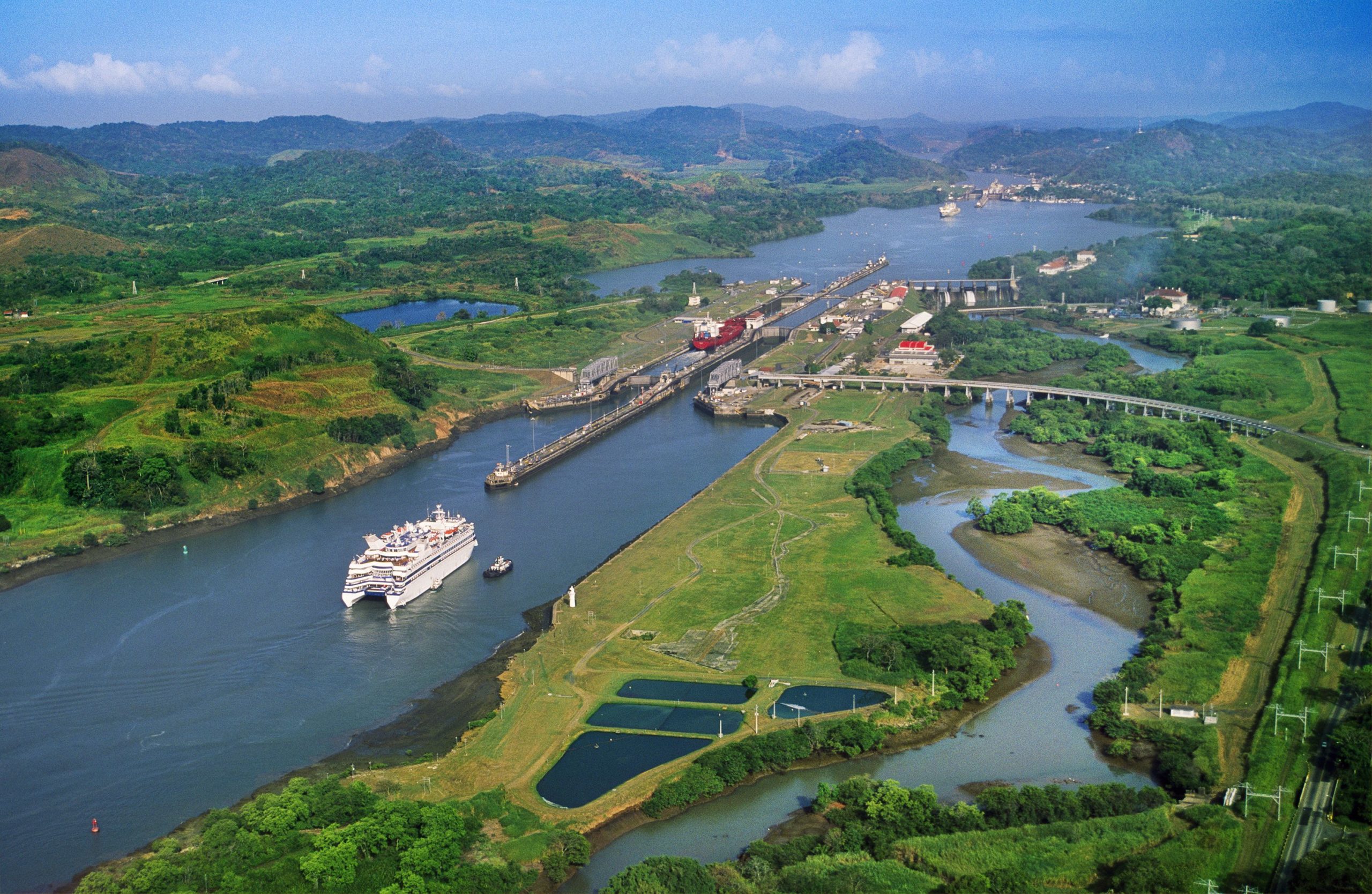A remarkable feat of engineering connects two vast oceans through the Panama Canal. This man-made canal, known as the Ajab Canal, rises about 85 feet above sea level, linking the Atlantic and Pacific oceans. Its creation dates back to the 19th century when the French embarked on the ambitious project of constructing waterways. Despite initial setbacks, the Panama Canal became a symbol of technological prowess in the early 20th century.

Construction of the canal began in 1881 under French leadership. The French envisioned cutting through mountains to create a navigable route, but faced challenges such as heavy rains, humidity, and epidemics, leading to the project’s abandonment. Subsequently, the United States acquired the project and successfully completed excavation work by 1914.
One of the remarkable features of the Panama Canal is the system of locks, exemplifying technological innovation of its time. These locks, equipped with powerful cranes, raise ships gradually as they move through the canal. Lake Gatun, an integral part of the project, serves as a crucial water reservoir for elevating vessels through the lock system.
The operation of the locks involves massive metal doors, each weighing around 700 tons, which control water levels to facilitate navigation. On August 15, 1914, the SS Ancon became the first ship to traverse the canal, marking a historic moment in maritime transportation.
Ships ranging from 106 to 160 feet in length can navigate through the Panama Canal, with the journey typically taking about 10 hours from the Atlantic to the Pacific. Annually, more than 15,000 vessels cross the canal, amounting to an average of 40 ships per day.
The significant traffic passing through the canal generates substantial revenue, with an estimated annual income of three billion dollars. Despite advancements in transportation technology, the Panama Canal remains a testament to human ingenuity and continues to play a vital role in global maritime trade.
Leave a Reply